Jumper Cables: Essential Automotive Tools
Jumper cables are indispensable tools for any automotive mechanic, providing a crucial lifeline when a vehicle's battery experiences a discharge. Their primary function is to transfer electrical power from a working battery to a depleted one, allowing the dead battery to regain enough charge to start the engine. The proper gauge and length of jumper cables are critical for safe and effective operation. Mechanics frequently use them in roadside assistance, during diagnostics, or when working on vehicles with low-charge conditions. Selecting reliable, heavy-duty cables is paramount to ensure both safety and efficiency in jump-starting procedures.
Choosing the Right Jumper Cables
When selecting jumper cables, prioritize high-quality construction for longevity and safety. Look for heavy gauge cables, typically measured in AWG (American Wire Gauge), with lower AWG numbers indicating thicker, more robust wires capable of handling higher amperage. Clamps should be corrosion-resistant and securely grip the battery terminals. Consider the cable length; longer cables offer increased flexibility in various situations, especially when working on large vehicles or in confined spaces. Always inspect your cables before use to avoid damaged wires or corroded clamps, and store them properly to prevent wear and tear. This ensures optimal performance and protects both you and the vehicle from potential damage. The correct use and maintenance of high-quality jumper cables are essential for every automotive professional’s tool kit.
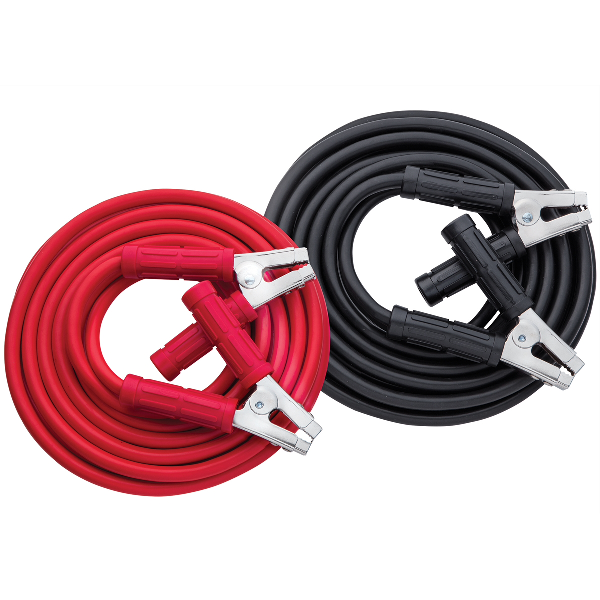





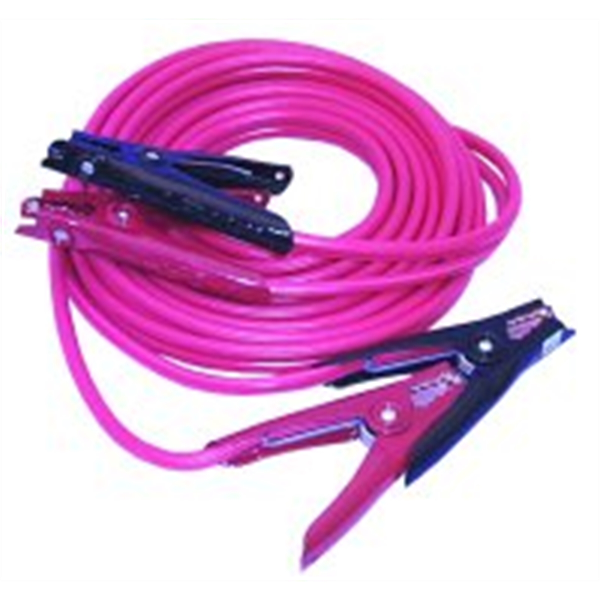



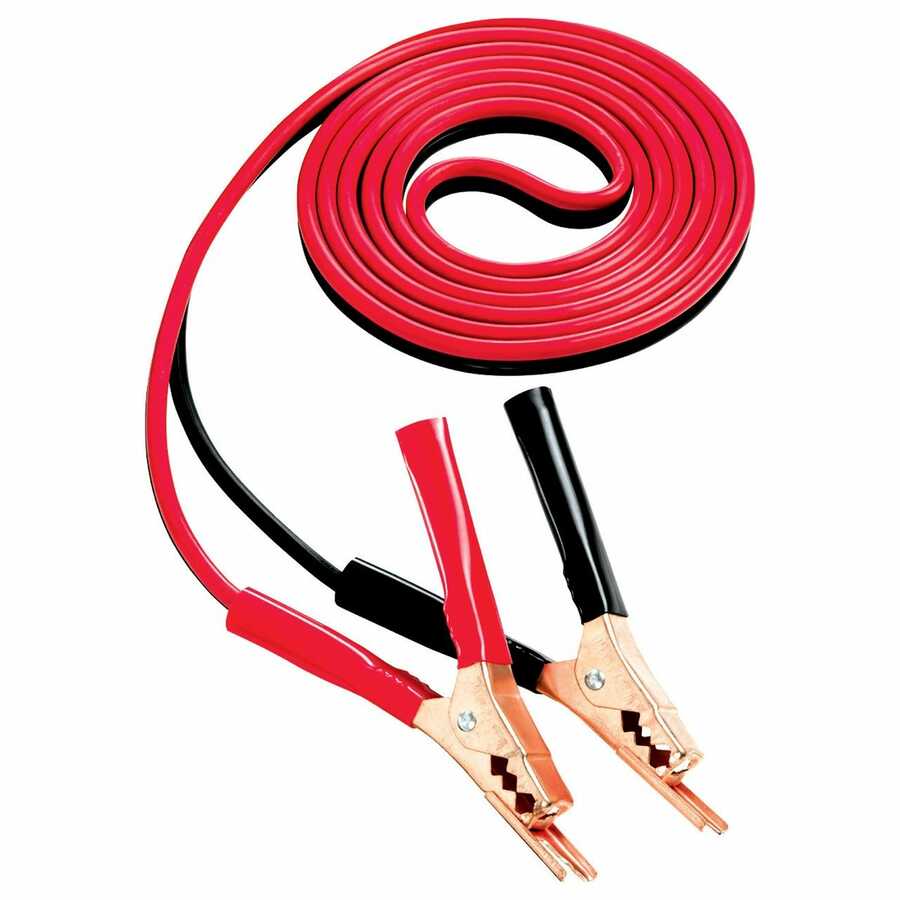

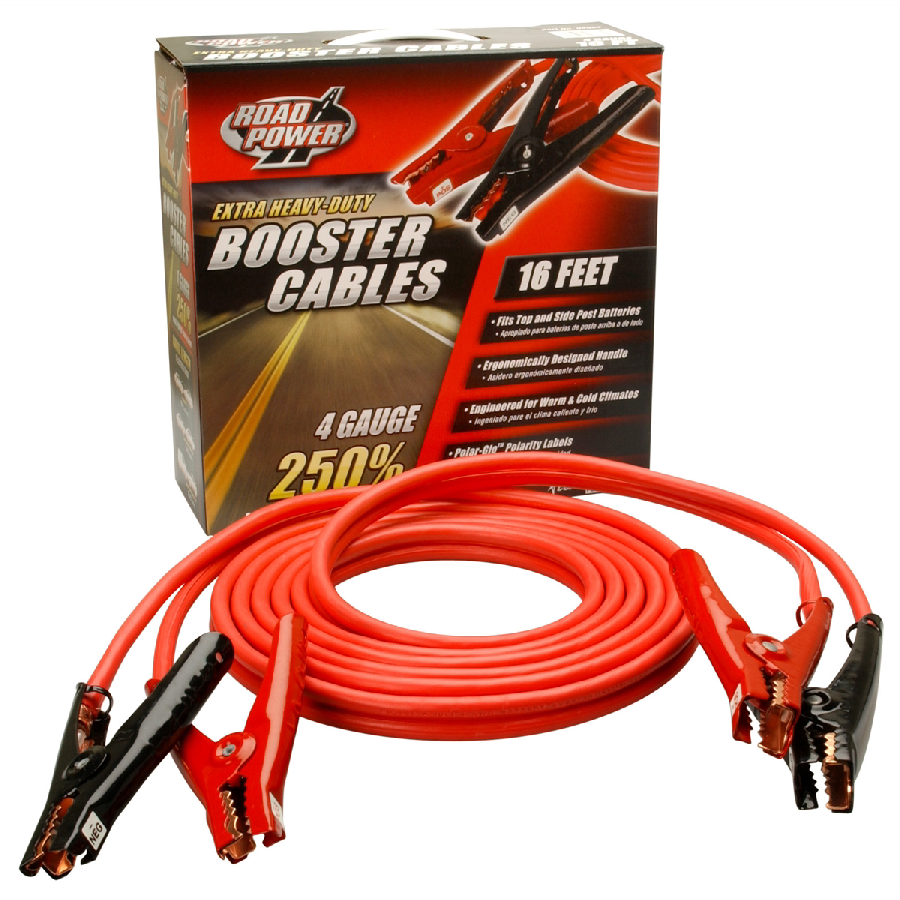


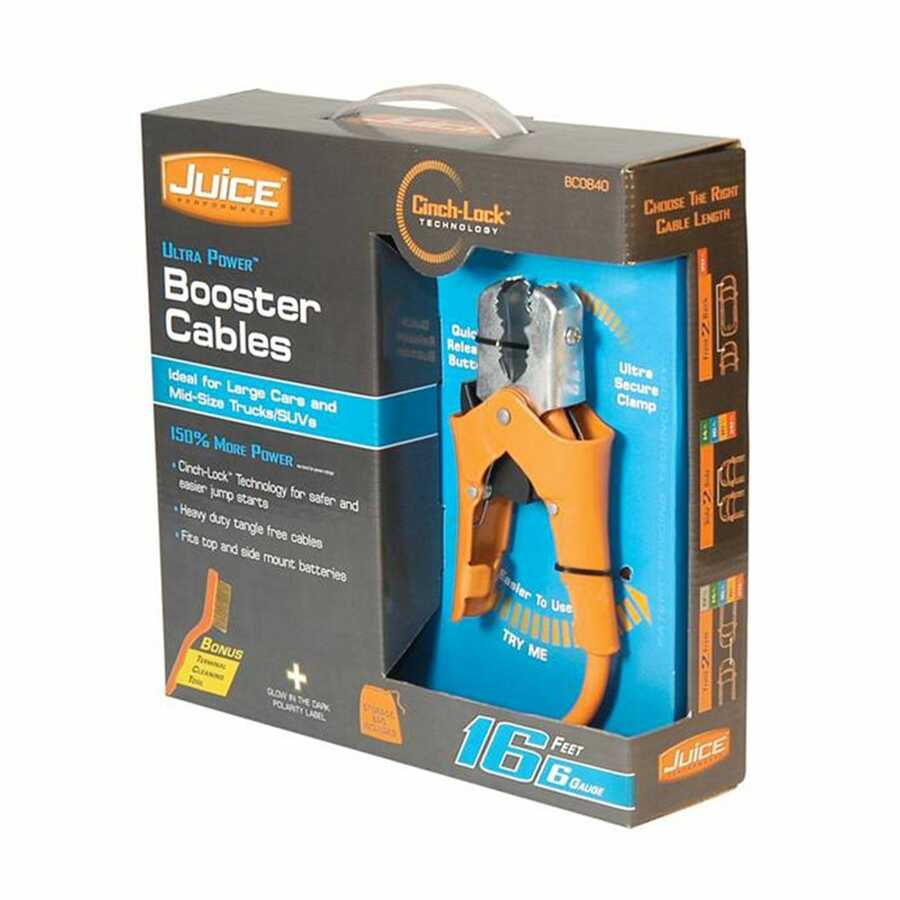
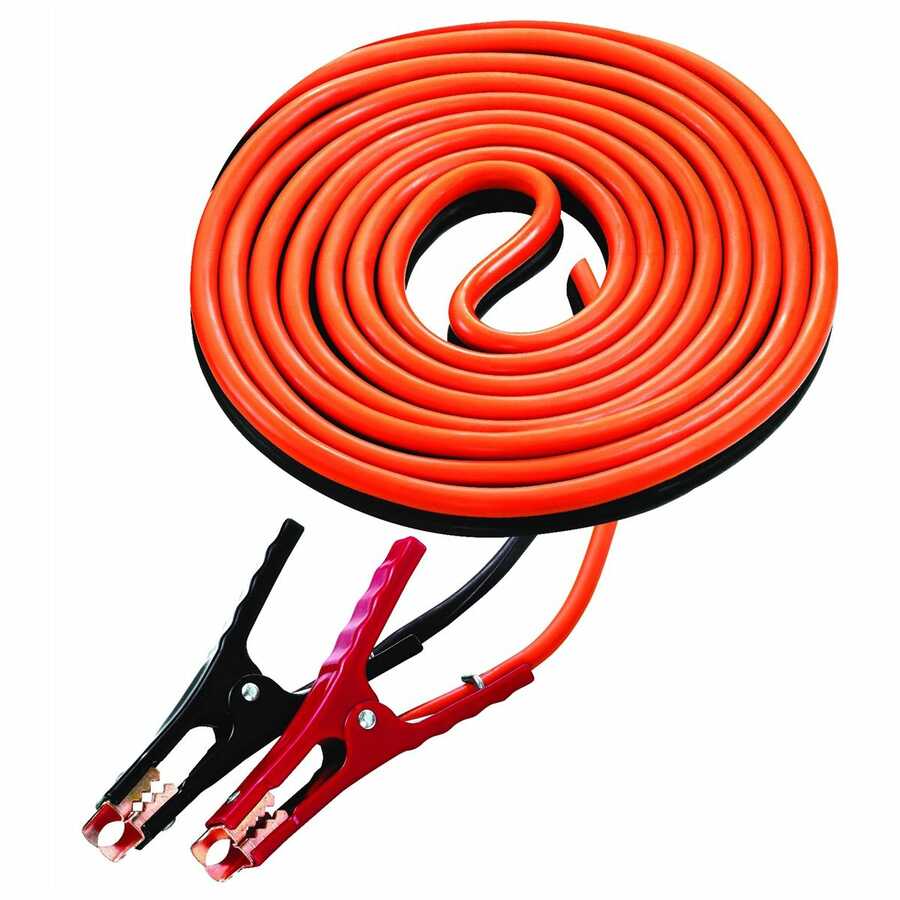

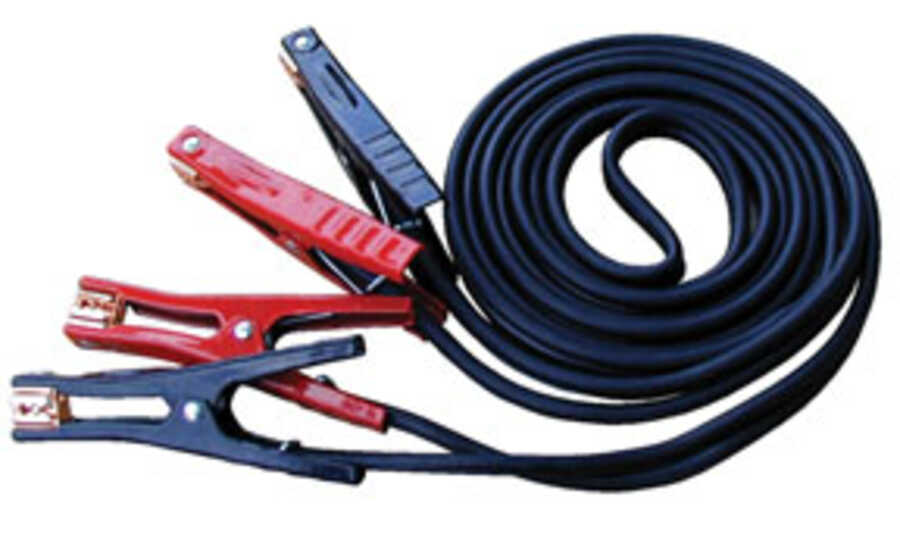





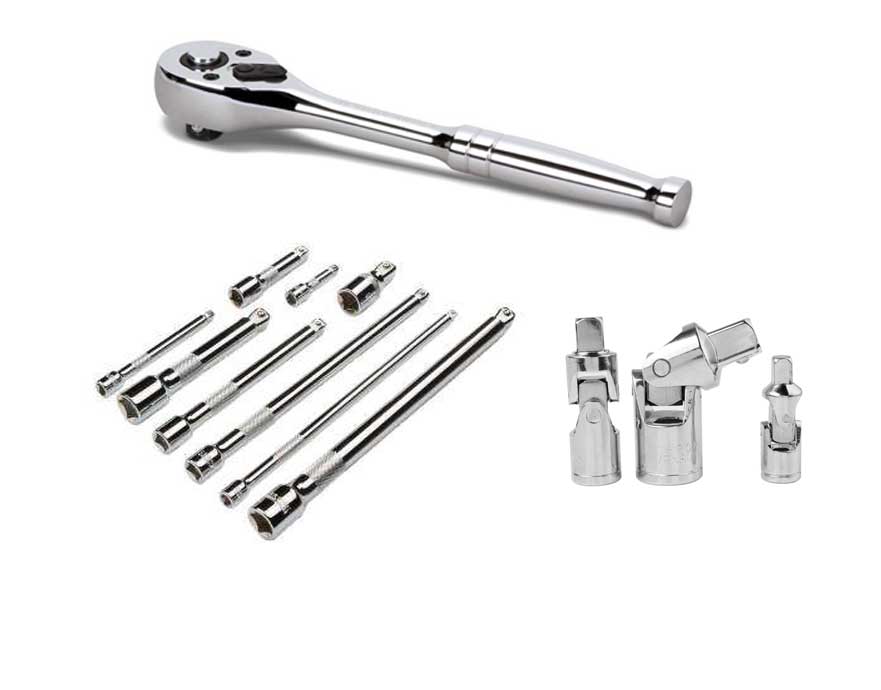



Follow us on social media